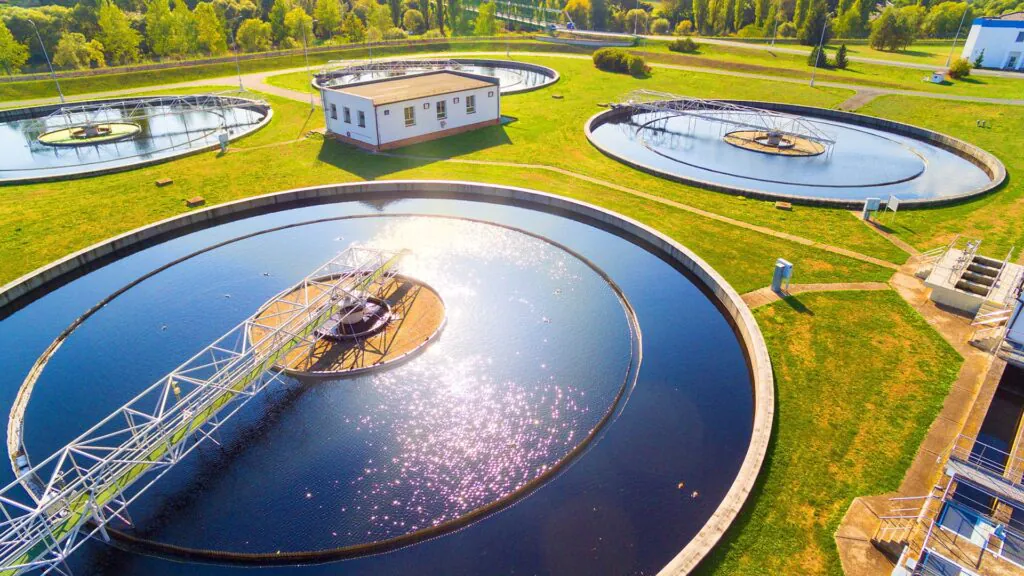Do you want to know what polyacrylamide does in a coal washing plant? Come and find out.

As a flocculant, it improves coal washing efficiency and reduces production costs
During the coal washing process, coal mixes with water to form coal slurry, which contains a large number of fine coal particles, sediment, and other impurities. These fine particles are difficult to separate effectively through natural precipitation or filtration.
PAM, as an efficient flocculant, can aggregate these fine particles into larger floccules through the adsorption and bridging of its polymer chains. These floccules are not only larger in volume, but also more compact in structure, making them easy to separate quickly through precipitation or mechanical separation equipment (such as centrifuges, filter presses, etc.).
By using PAM, coal washing plants can significantly improve the separation efficiency of coal, reduce coal loss, and improve the purity of coal. This can not only improve the production efficiency of coal washing plants, but also reduce the cost of subsequent treatment, bringing direct economic benefits to coal washing plants.

Used for wastewater treatment to reduce environmental pollution and meet environmental protection requirements
Environmental protection is a major challenge in the operation of coal washing plants. A large amount of wastewater is generated during the coal washing process, which contains high concentrations of solid particles (such as coal powder and sediment) and organic matter. If discharged directly, it will cause serious pollution to the environment and may face high fines.
As a key flocculant in wastewater treatment, PAM can interact with suspended particles in wastewater to form larger flocs. These flocs quickly settle under the action of gravity, which is convenient for subsequent filtration and separation. The solid suspended matter content of wastewater treated by PAM is significantly reduced, the water quality is significantly improved, and it can meet environmental emission standards. It can even achieve the recycling of some water resources, reduce the consumption of fresh water, and further reduce operating costs.

Used for mud dewatering, reducing treatment costs and disposal costs
During the coal washing process, a large amount of coal slurry or mud is produced, which has a high water content, is difficult to handle, and has high transportation and disposal costs.
As a dehydrating agent, PAM can combine with solid particles in the slurry, change its surface properties, and form a stable flocculation structure. This structure can not only increase the solid content of the slurry, but also significantly reduce its water content.
The slurry treated by PAM can be quickly dehydrated by equipment such as filter presses and centrifuges to form coal slurry cakes with low water content, which is convenient for transportation and subsequent disposal. This not only reduces the cost of slurry treatment, but also reduces the volume of waste, providing technical support for the sustainable development of coal washing plants.

Used for surface modification of coal, improving flotation effect and increasing product added value
During the coal flotation process, the surface properties of coal have an important impact on its flotation performance. PAM can combine with the coal surface through adsorption, changing its surface charge and hydrophobicity, thereby optimizing the flotation performance of coal.
By using PAM, coal particles are more likely to combine with bubbles, forming stable flotation foam, improving the collection rate and flotation efficiency of coal. This can not only increase the added value of the final product, but also reduce resource waste and enhance the overall competitiveness of the coal washing plant.
In addition, PAM can selectively adsorb on the surface of impurity particles, inhibit their flotation performance, and further improve the purity of coal.

Key factors for rational use of PAM
In order to fully utilize the role of PAM, we can provide technical support. Based on the specific coal washing process and wastewater characteristics, we can reasonably select the type (such as anionic, cationic, or nonionic), molecular weight, and dosage of PAM to ensure its optimal effect and avoid excessive use leading to increased costs or decreased effectiveness.
In addition, the treatment conditions (such as pH value, temperature, stirring speed, etc.) also need to be optimized according to the actual situation to ensure that PAM can achieve the best effect.

The dual improvement of environmental protection and economic benefits
By using PAM reasonably, coal washing plants can not only improve coal washing efficiency and reduce coal losses, but also effectively reduce wastewater discharge and mud treatment costs, achieving dual improvement of environmental protection and economic benefits.
At the same time, the use of PAM also meets the national requirements for green development of the coal industry, providing strong support for the sustainable development of coal washing plants.

PAM can play an important role in improving coal washing efficiency, optimizing wastewater treatment, simplifying mud treatment, and improving coal flotation efficiency, while also having good cost-effectiveness and environmental performance. By using PAM scientifically and reasonably, efficient operation and sustainable development of coal washing plants can be achieved, laying a solid foundation for the long-term development of enterprises.
